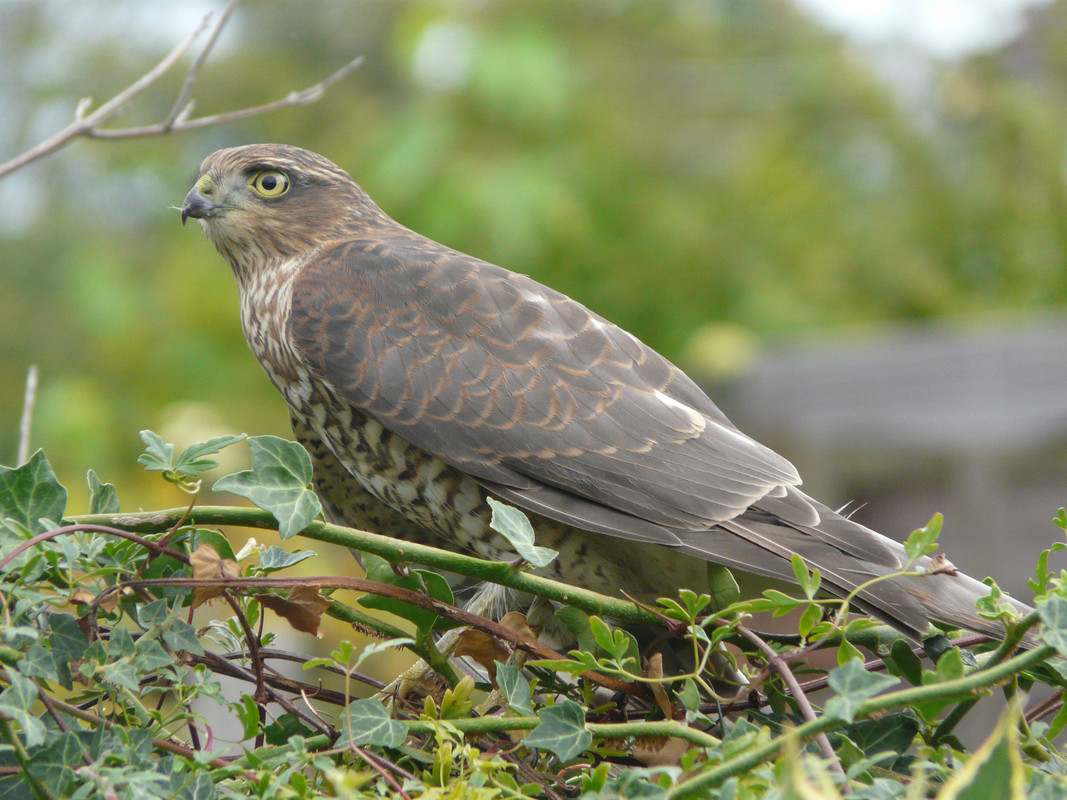Wildlife sightings for 14th October 2012
1 Pintail - reservoir lagoon
21 Wigeon - sheltered lagoon and main lake
80 Shoveler - main lake
92 Cormorant - main lake
1 Buzzard - flew E
1 Peregrine - perched on hospital
1 Kestrel
1 Water Rail - calling in reed filter beds
7 Snipe - main lake and marsh
1 Jack Snipe - main lake
246 Black-headed Gull - main lake
1 Stonechat - marsh
1 Whinchat - marsh
67 Chaffinch - flew NW
5 Linnet - flew NW, S
1 Brambling - flew NW
c. 15 Lesser Redpoll - wildside
c. 80 Goldfinch - trees outside cafe
A visitor reported an adult water vole with 2 juveniles, near the entrance to wildside
Recent bird highlights: Gannet, Peregrine, Buzzard, Hen Harrier, Marsh Harrier, Short-eared Owl, Green Sandpiper, Stonechat, Whinchat, Wheatear, Brambling, Mealy Redpoll, Skylark.
Autumn migration continues with the last of the summer breeding birds leaving southwards and the fresh arrival of wintering birds to the country. Its also one of the best times of year to find a rarity, particularly Warbler species and wading birds. Look out for more Scandinavian Chiffchaff and Firecrest amongst the shrubs and tree blocks.
The wader scrape has been cut back to open up feeding areas for passage waders like Green Sandpiper and Snipe. Wintering duck like Shoveler, Gadwall, Wigeon and Teal have been arriving from the eastern continent since the start of August. Teal numbers are higher here during high tide on the river, as the birds need the reserve for available feeding and loafing areas.
Numbers of Swallows and House Martins migrating south-west have been very high at the end of September and early October. Meadow Pipits can also be observed flying through with a number landing to feed on the grazing marsh. Look at for migrating Wheatear and Stonechat on the marsh. The first Siskins of the autumn have recently been recorded, along with a few Redpolls.
Butterflies and insects: Red Admiral, Migrant Hawker.
Reptiles: There are still some Common Lizards to be found, particularly along the south route on any piece of woodwork or timber.
Mammals: A recent Water Vole study has found several pregnant females as well as some very old male Voles surviving in wildside and the main reedbed.



